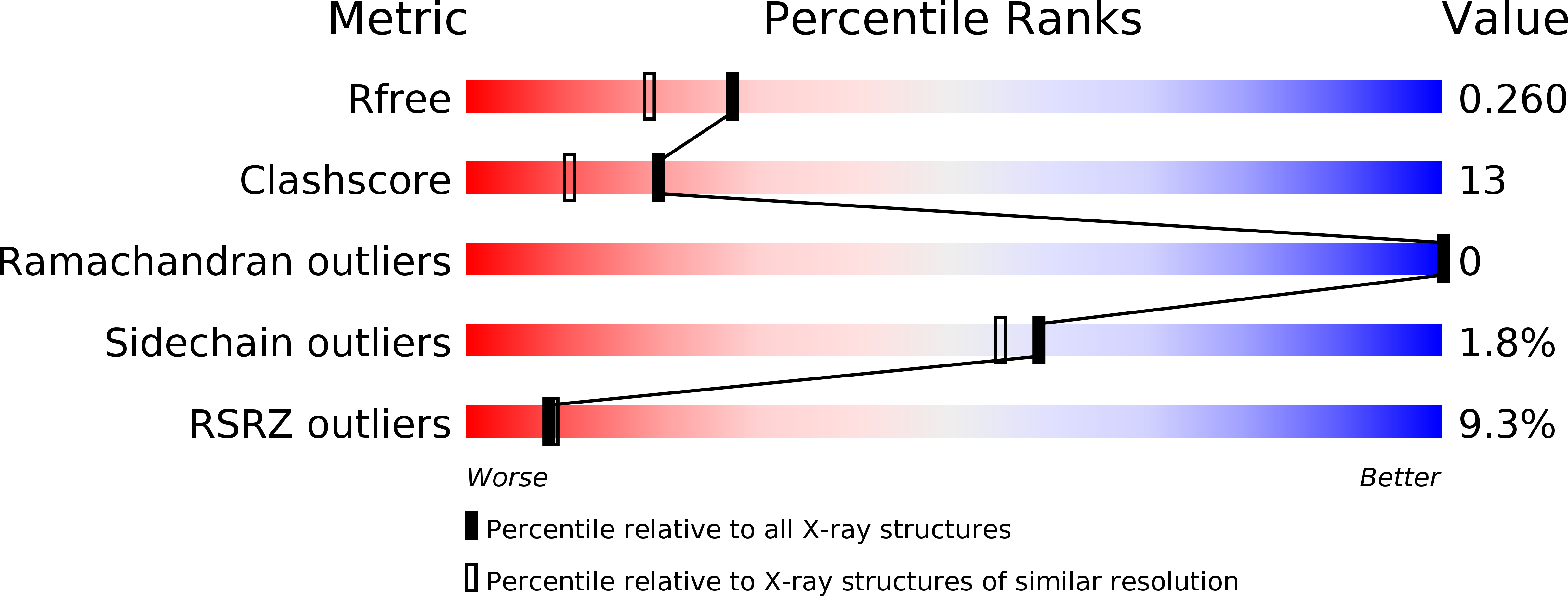
Deposition Date
2017-04-12
Release Date
2018-04-25
Last Version Date
2023-10-04
Entry Detail
Biological Source:
Source Organism:
Staphylothermus marinus (Taxon ID: 2280)
Host Organism:
Method Details:
Experimental Method:
Resolution:
2.06 Å
R-Value Free:
0.25
R-Value Work:
0.21
R-Value Observed:
0.21
Space Group:
P 1 2 1


